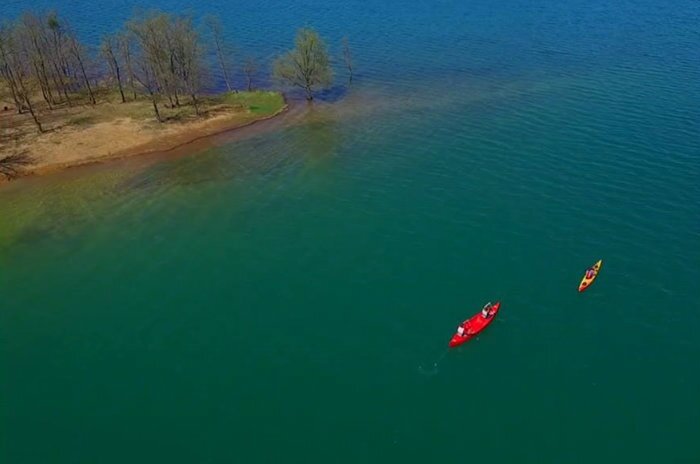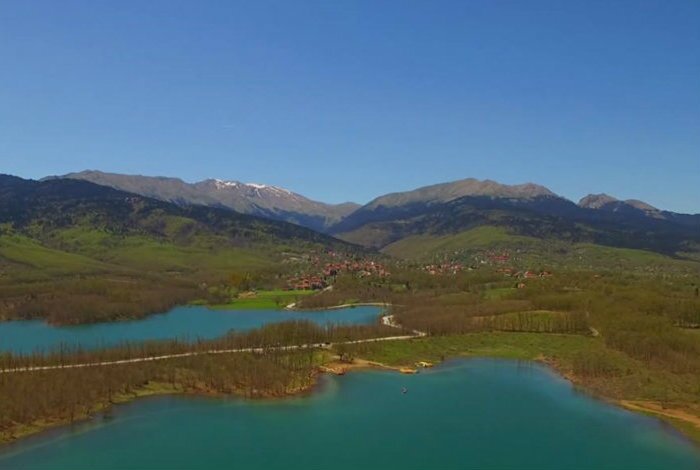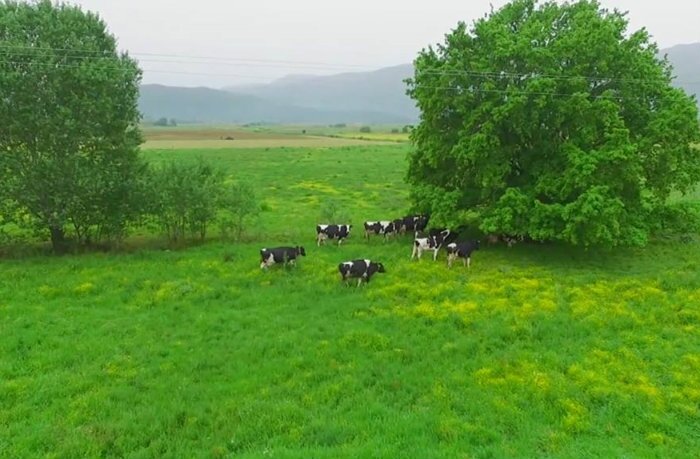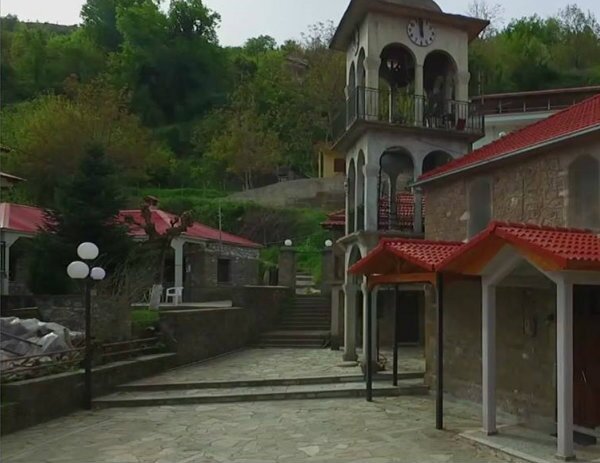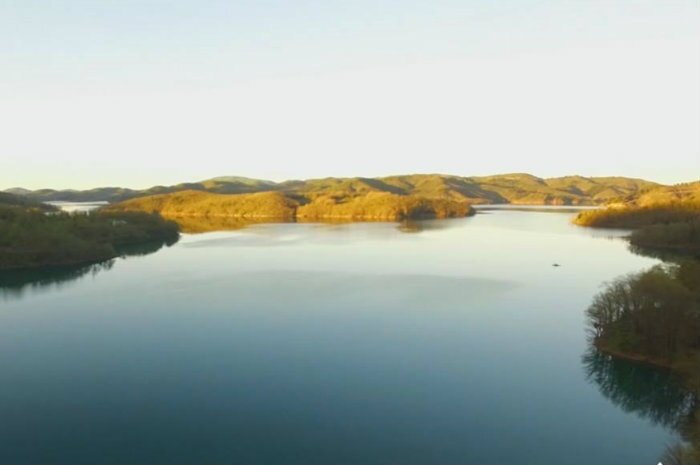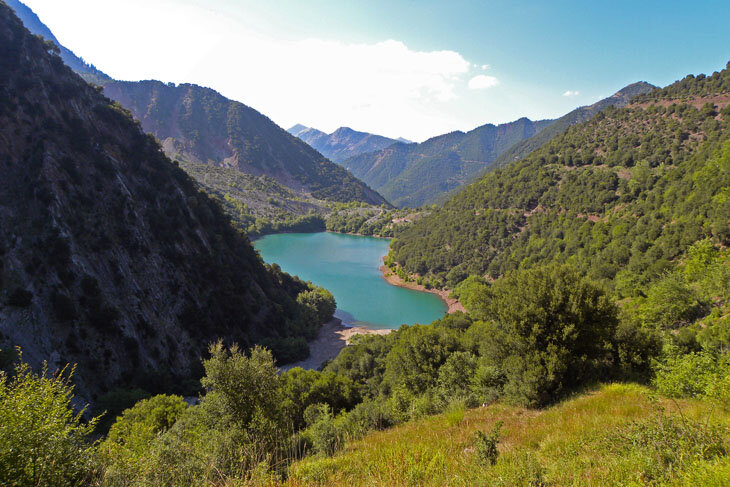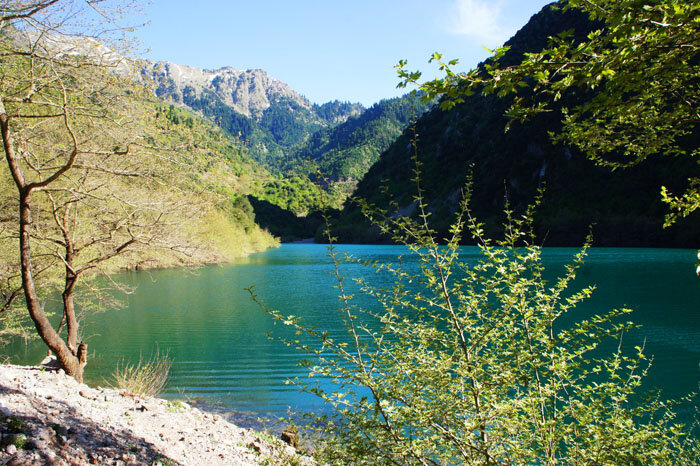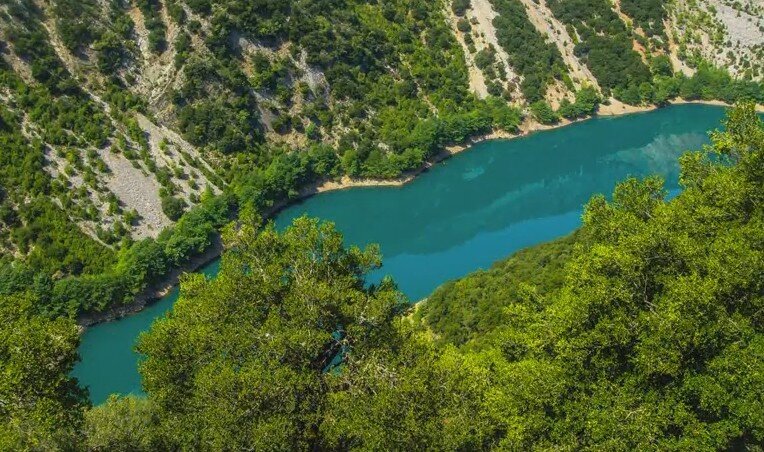Somewhere at the southern end of the Pindos, in Thessaly, stretches Agrafa, that historic region of Greece. In fact, it is divided into two parts, the Thessalian Agrafa and the Evrytanian.
Essentially, Agrafa occupies the entire northern part of the Evritania prefecture and the western part of the Karditsa prefecture. The highest peak is Karava with an altitude of 2,184 meters, while a feature of the alpine landscape found there is that Agrafa has 7 peaks with an altitude of over 2,000 meters. But also many others with an altitude of over 1,900 meters. In a wooded landscape of wild beauty, where the rivers Tavropos and Agrafiotis rise. A scenery that is full of fir trees and flowing water.
Evrytanian Agrafa is the most inaccessible area in Greece. There you will see numerous steep and towering mountain peaks, but also deep gorges. The highest peak of Evrytanian Agrafa is Delidimi with an altitude of 2,163 meters. The routes are difficult, but there are many paths and picturesque bridges that are still used today as they were half a century ago.
On the other hand, Thessaly Agrafa, which mainly belongs to Karditsa prefecture, is a more accessible area of incomparable beauty. Lake Plastira is also located in this part of Agrafa. The highest peak of Thessaly Agrafa is Karava with an altitude of 2,184 meters, which is the highest peak of the whole mountain range.
This historical region of Greece has another special feature besides its beauty. And that is the reason for its name. A very common oral tradition says that the area got its name due to the inability of the Turkish authorities to collect taxes during the Turkish occupation. As a result, they removed the area from the tax lists, which is why it was called Agrafa, meaning unregistered.
However, the version that the name of the area comes from the ancient Greek people of the Agraians, who lived mainly between the rivers Acheloos and Agrafiotis, is considered more likely. The name of the Agraians is etymologically derived from the word Agra, which means hunting.




